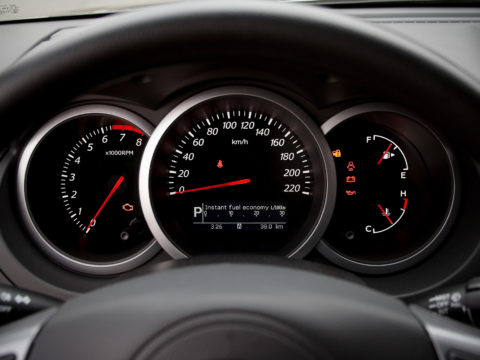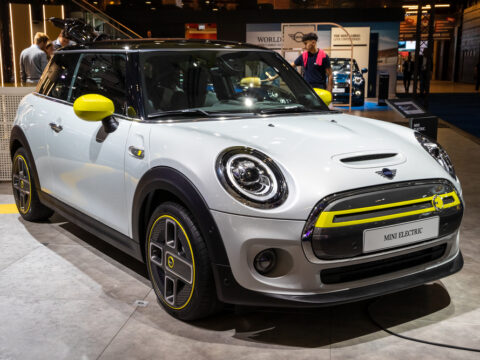When it comes to high-performance cars, speed and power are often celebrated, but not every fast car lives up to its promise on the track. Despite impressive specifications and sleek designs, some vehicles fail to deliver when it matters most. In this article, we explore 20 fast cars that, unfortunately, disappointed on the track.
Contents
Dodge Viper ACR

The Dodge Viper ACR was designed to dominate the track with its massive 8.4-liter V10 engine producing 645 horsepower. However, despite its power, it struggled with handling and traction issues. The Viper’s raw power was often difficult to manage, leading to inconsistent lap times and a reputation for being unforgiving to drivers.
Chevrolet Corvette ZR1 (C4)

The Chevrolet Corvette ZR1 (C4) was hyped as the “King of the Hill” with its Lotus-designed, 375-horsepower V8 engine. Despite its promising specs, it failed to perform reliably on the track. Handling problems and frequent mechanical issues prevented it from living up to its high-performance expectations.
Ford Mustang Boss 302 Laguna Seca
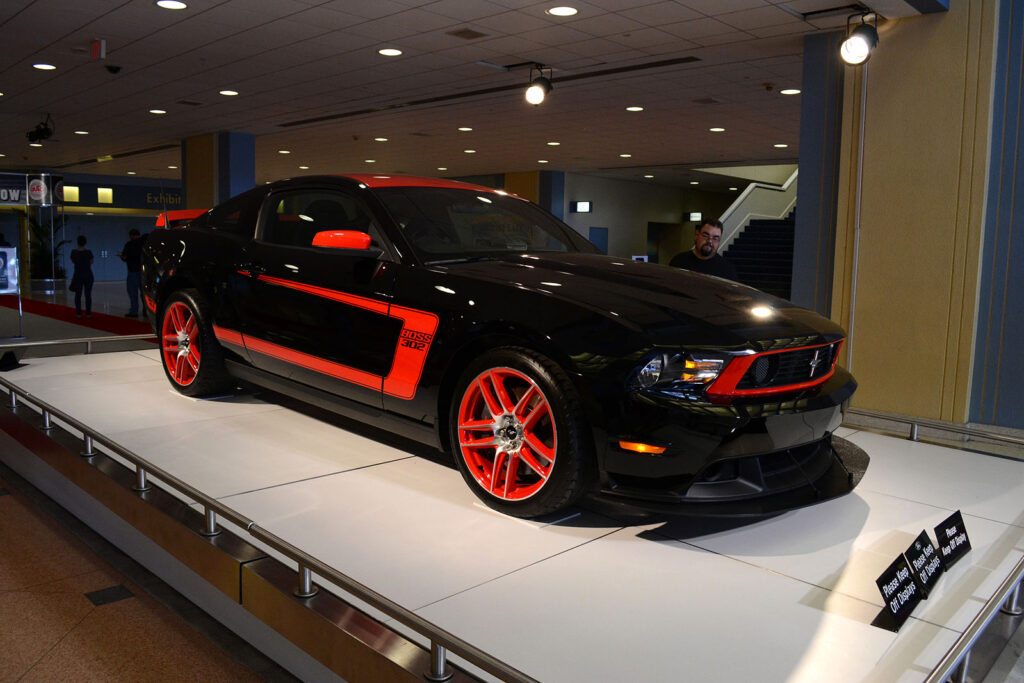
The Ford Mustang Boss 302 Laguna Seca edition promised track-ready performance with its 444-horsepower V8 engine. However, its heavy weight and less-than-ideal balance led to understeer and inconsistent performance on the track. The car’s impressive straight-line speed couldn’t compensate for its handling shortcomings.
Porsche 911 GT2 (997)

The Porsche 911 GT2 (997) boasted a twin-turbocharged flat-six engine with 523 horsepower, making it a formidable machine on paper. However, it was notorious for its tail-happy nature and unpredictable handling at the limit. Many drivers found it challenging to extract the car’s full potential on the track.
BMW M3 (E92)
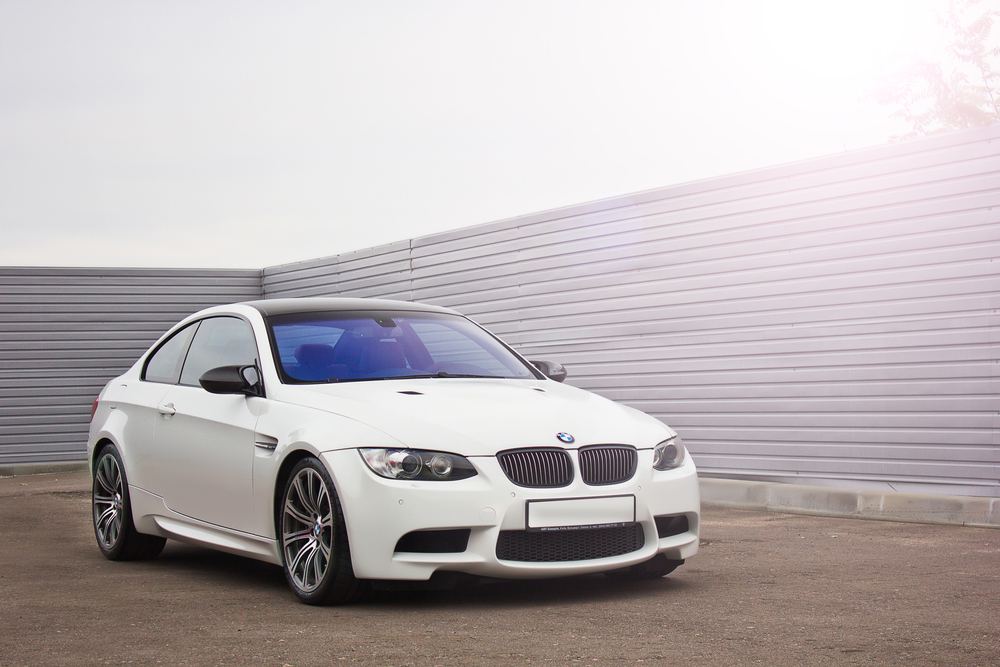
The BMW M3 (E92) featured a high-revving 4.0-liter V8 engine producing 414 horsepower. While it was a capable car, it fell short on the track due to its weight and balance issues. The E92 M3 often struggled to keep up with lighter, more agile competitors, limiting its track performance.
Nissan GT-R Nismo
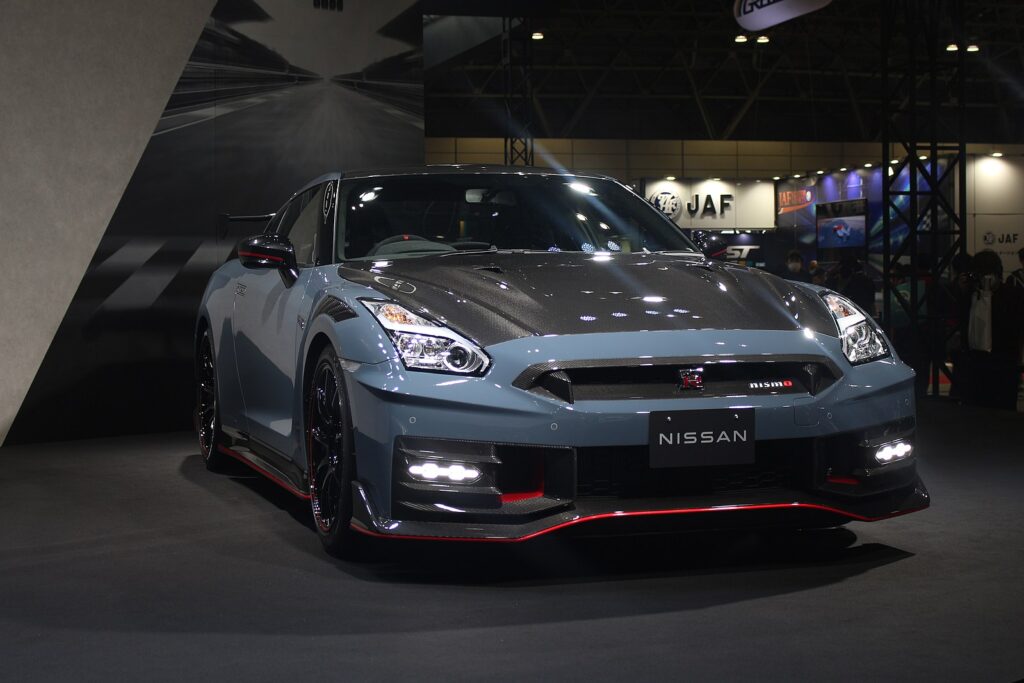
The Nissan GT-R Nismo, with its 600-horsepower twin-turbo V6, was expected to dominate the track. However, its heavy weight and complex all-wheel-drive system made it difficult to handle at the limit. Despite its impressive acceleration, it couldn’t consistently translate its power into fast lap times.
Lamborghini Murciélago LP640
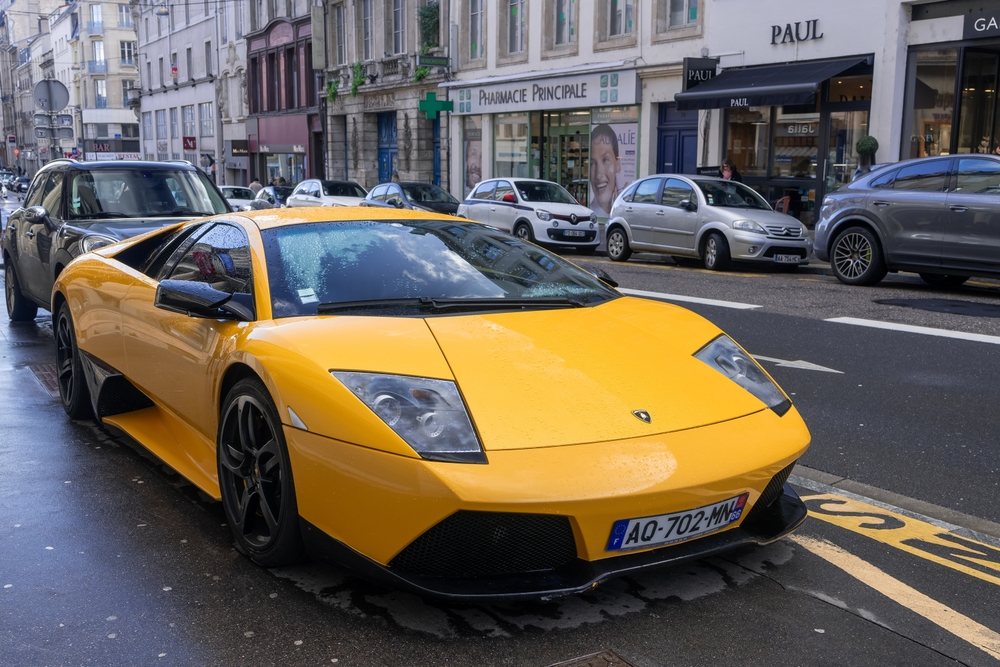
The Lamborghini Murciélago LP640, with its 6.5-liter V12 engine producing 631 horsepower, was a beast on the road but struggled on the track. Its heavy weight and all-wheel-drive system made it cumbersome in tight corners, and it often fell short of its rivals in handling precision and agility.
Ferrari 599 GTB Fiorano
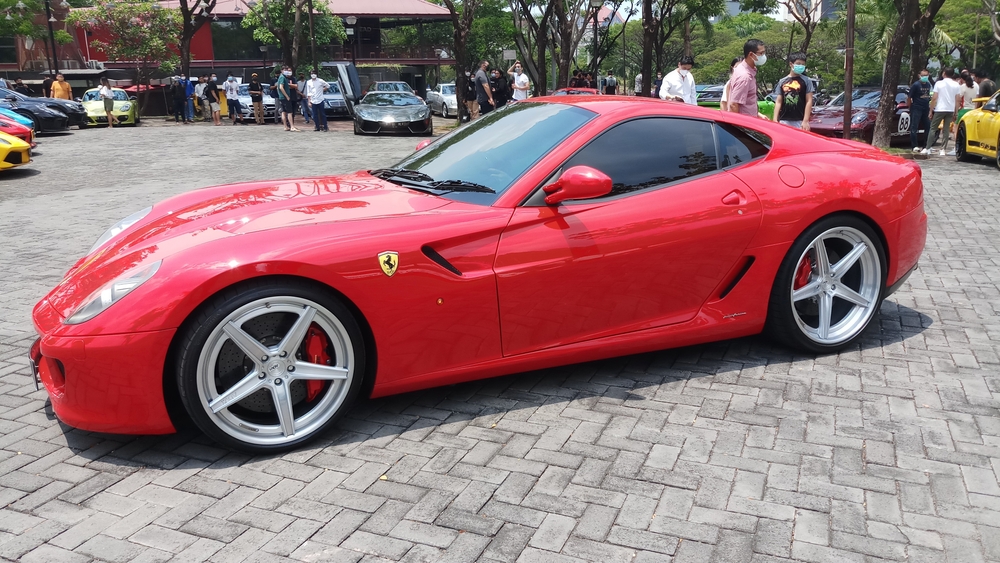
The Ferrari 599 GTB Fiorano featured a 6.0-liter V12 engine with 612 horsepower, promising exhilarating performance. However, its front-engine layout and weight distribution issues led to understeer and less-than-stellar handling on the track. It couldn’t match the nimbleness of mid-engine competitors.
Aston Martin V8 Vantage
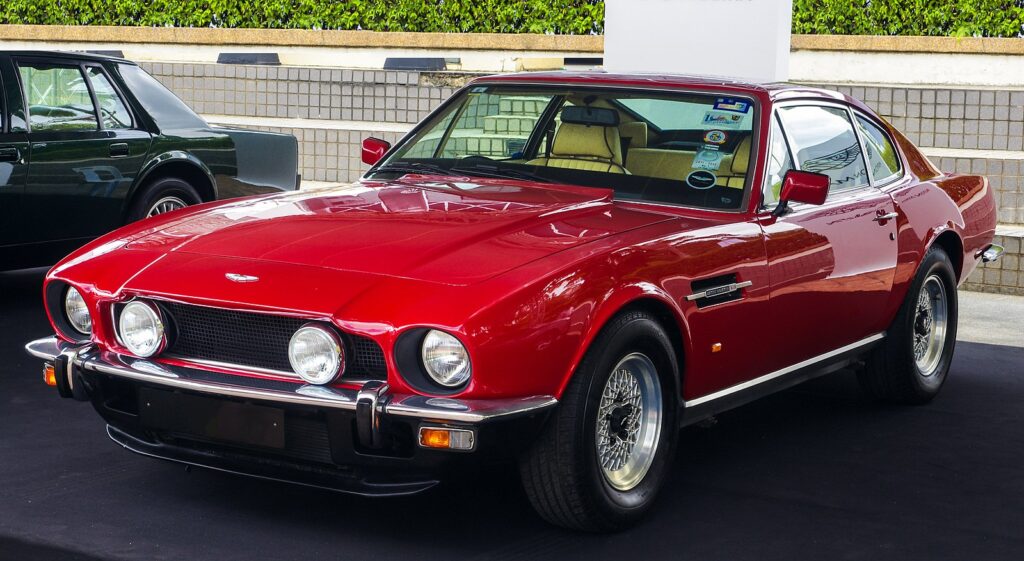
The Aston Martin V8 Vantage, with its 4.7-liter V8 engine producing 420 horsepower, looked and sounded fantastic. However, it struggled to keep up with other high-performance cars on the track. Its weight, balance, and braking performance were often cited as its main weaknesses.
Maserati GranTurismo MC Stradale
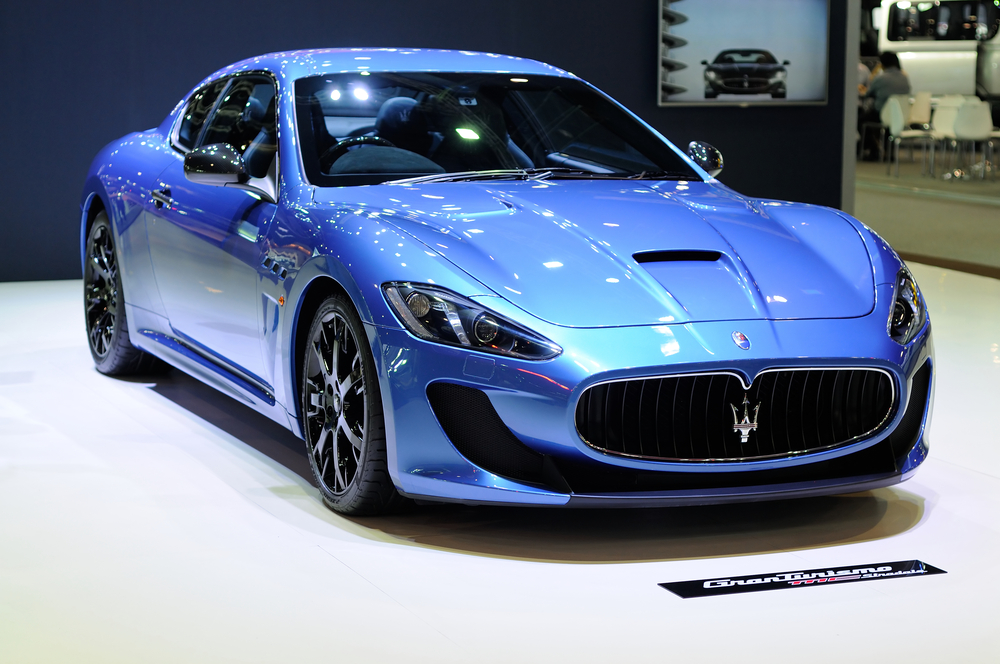
The Maserati GranTurismo MC Stradale was equipped with a 4.7-liter V8 engine producing 454 horsepower. Despite its power and Italian styling, it fell short on the track due to its heavy weight and lack of agility. It was more suited for grand touring than competitive track driving.
Lotus Evora
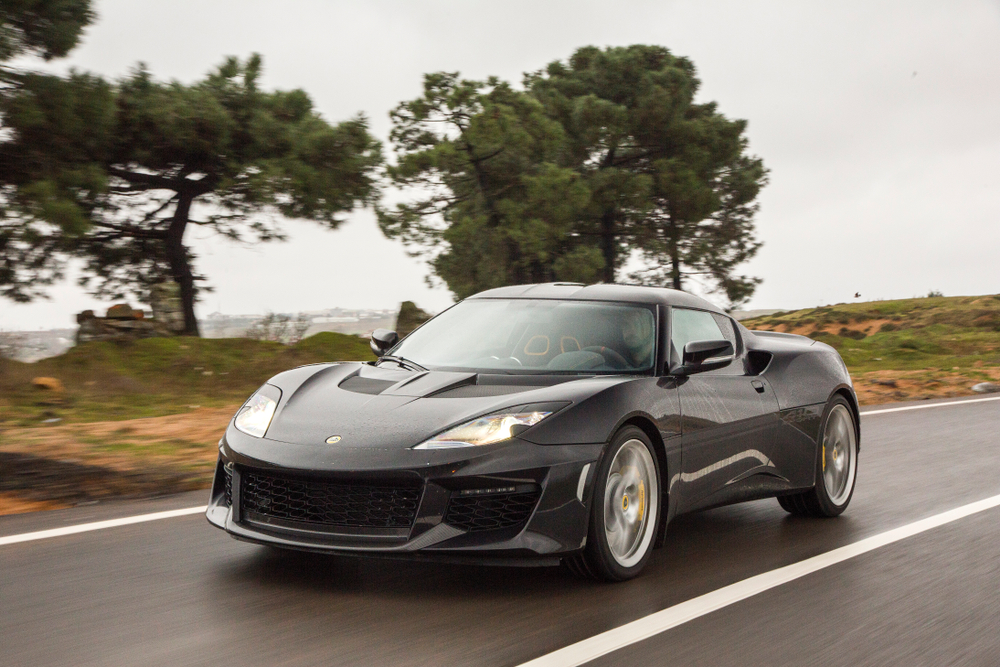
The Lotus Evora, powered by a 3.5-liter V6 engine with up to 416 horsepower, promised lightweight, agile performance. However, it often failed to deliver the expected lap times due to reliability issues and a lack of power compared to its rivals. Its potential was hampered by its inconsistency on the track.
Mercedes-Benz SLS AMG
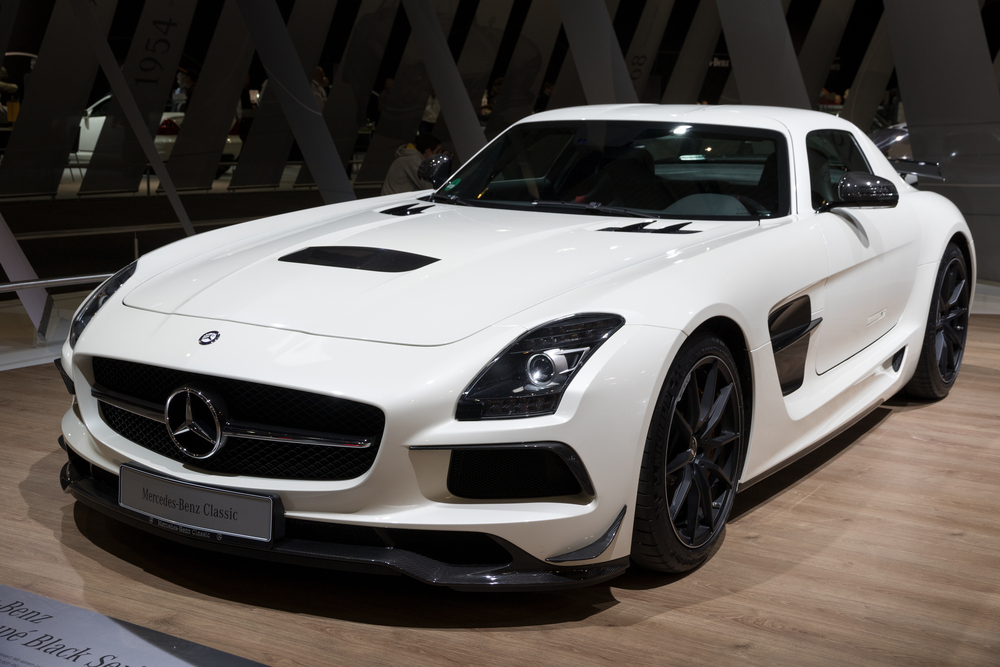
The Mercedes-Benz SLS AMG, with its 6.2-liter V8 engine producing 563 horsepower, was a striking car with gullwing doors. However, its long nose and rear weight bias made it challenging to handle on the track. It lacked the finesse and balance of its competitors, resulting in disappointing track performance.
Audi R8 V10 Plus
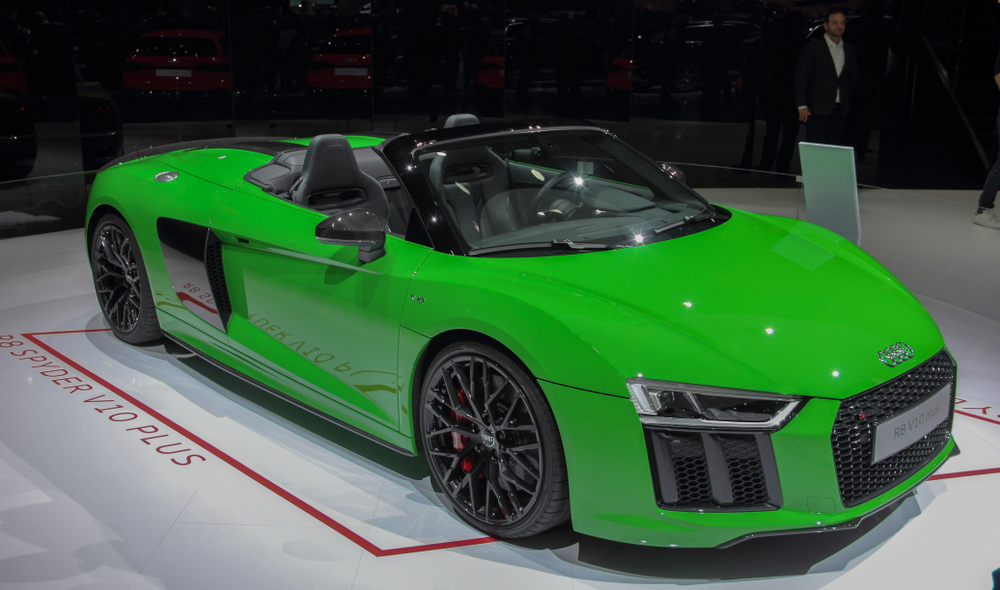
The Audi R8 V10 Plus, featuring a 5.2-liter V10 engine with 602 horsepower, was a technological marvel. Despite its impressive specs, it struggled on the track due to its weight and all-wheel-drive system, which made it less agile than lighter, rear-wheel-drive competitors. Its handling was often criticized for being numb and less engaging.
Jaguar XKR-S
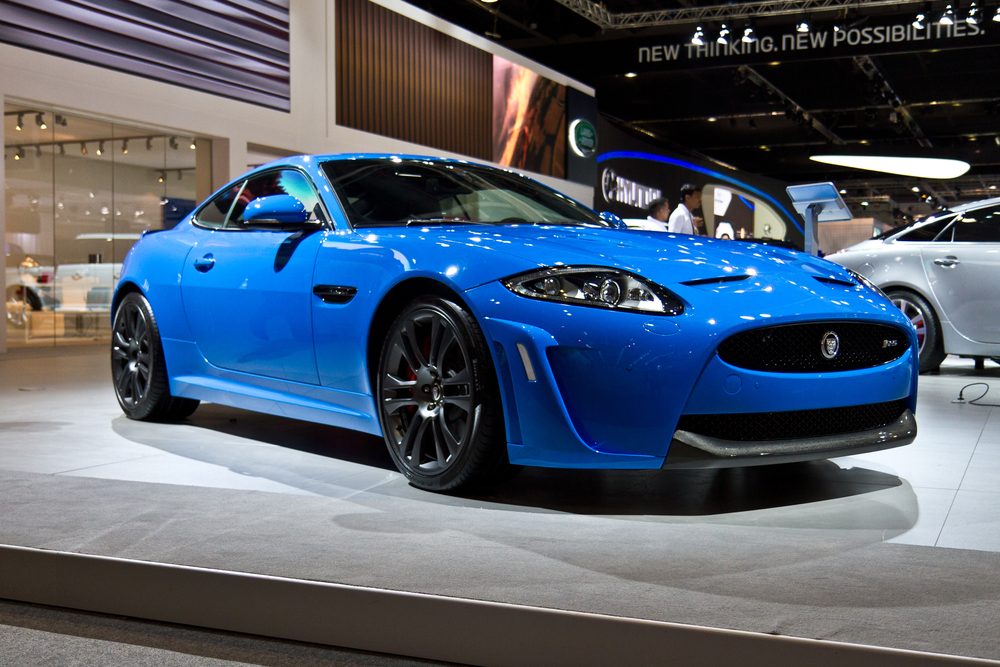
The Jaguar XKR-S, with its supercharged 5.0-liter V8 engine producing 550 horsepower, was a luxurious high-performance car. However, its heavy weight and less responsive handling made it a disappointment on the track. It couldn’t compete with more focused sports cars in terms of agility and lap times.
Alfa Romeo 4C
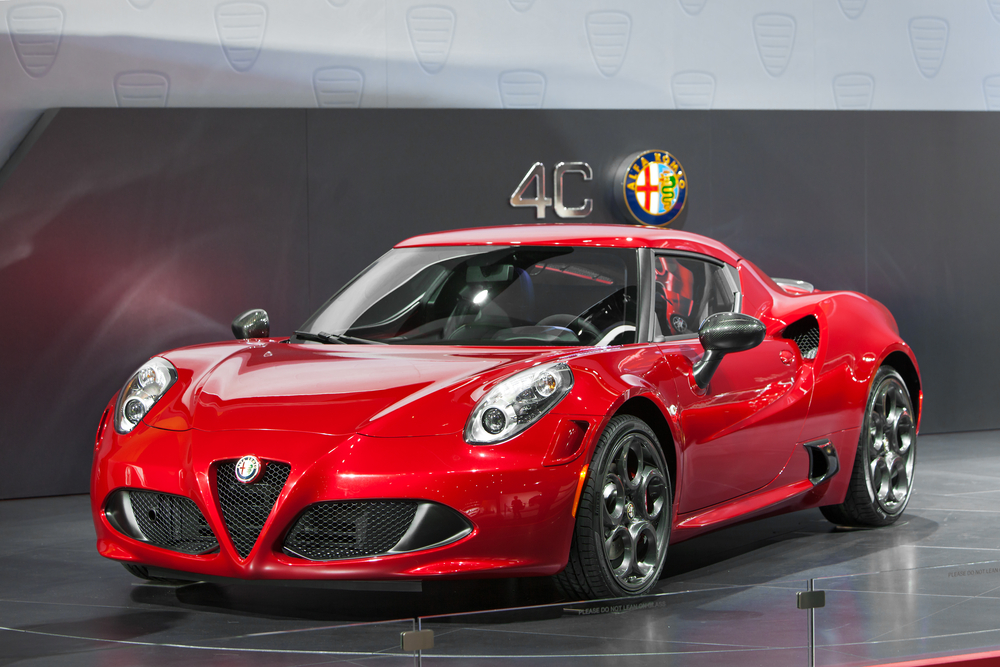
The Alfa Romeo 4C, powered by a 1.7-liter turbocharged engine producing 237 horsepower, promised lightweight and nimble performance. While it was indeed light, it suffered from poor handling dynamics and an unrefined driving experience. Its lack of power and inconsistent performance made it a letdown on the track.
McLaren 650S
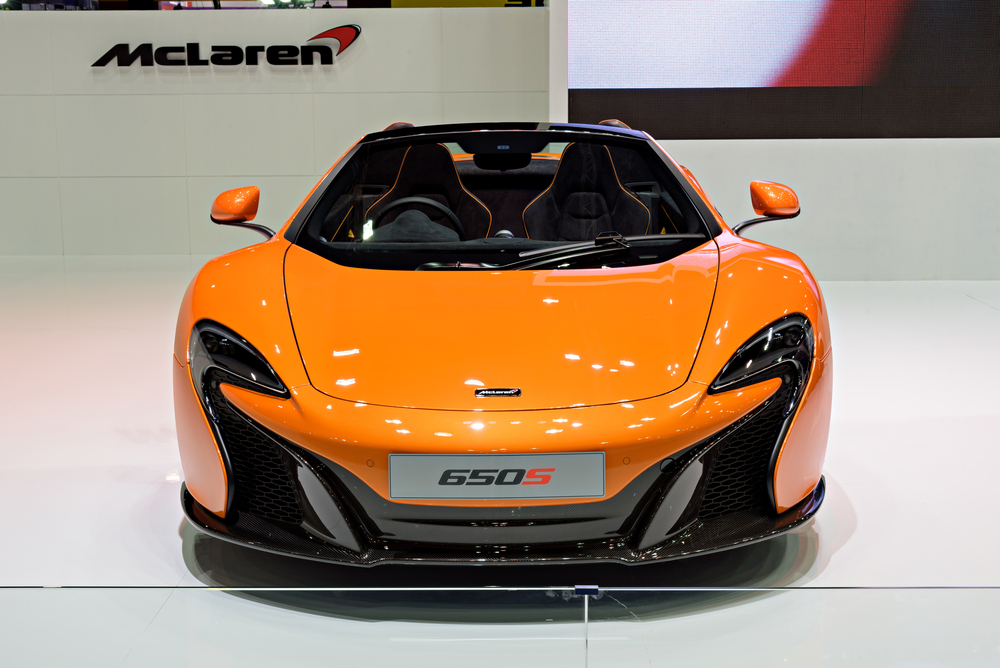
The McLaren 650S, with its twin-turbocharged 3.8-liter V8 engine producing 641 horsepower, seemed destined for track greatness. However, it often struggled with reliability issues and complex electronic systems. Its potential was overshadowed by frequent mechanical problems, making it a disappointment for many track enthusiasts.
Cadillac CTS-V
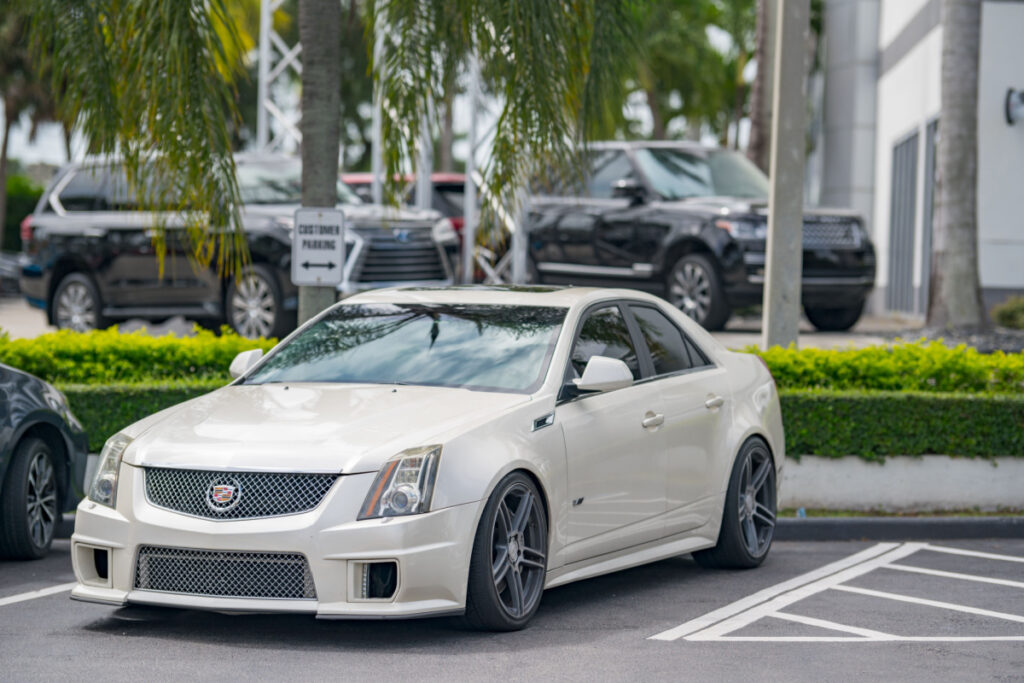
The Cadillac CTS-V, featuring a supercharged 6.2-liter V8 engine with 640 horsepower, was a powerful sedan with track ambitions. Despite its straight-line speed, it fell short on the track due to its heavy weight and less-than-ideal handling characteristics. It couldn’t match the performance of more nimble competitors.
Subaru WRX STI
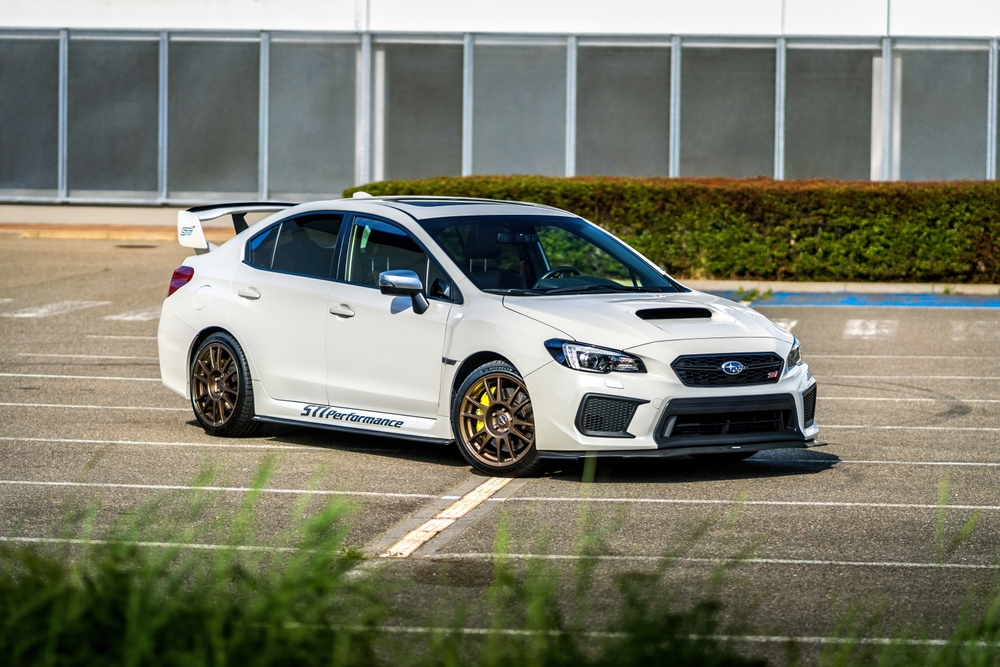
The Subaru WRX STI, with its turbocharged 2.5-liter flat-four engine producing 310 horsepower, was a rally-inspired car expected to excel on the track. However, it often struggled with understeer and a lack of refinement. Its performance was inconsistent, and it couldn’t compete with more polished sports cars.
Honda NSX (2016)

The Honda NSX (2016), with its hybrid powertrain producing 573 horsepower, promised cutting-edge performance. However, its complex systems and weight distribution issues led to disappointing track results. It lacked the sharpness and driver engagement found in its competitors, making it a letdown for many enthusiasts.
Tesla Model S P100D
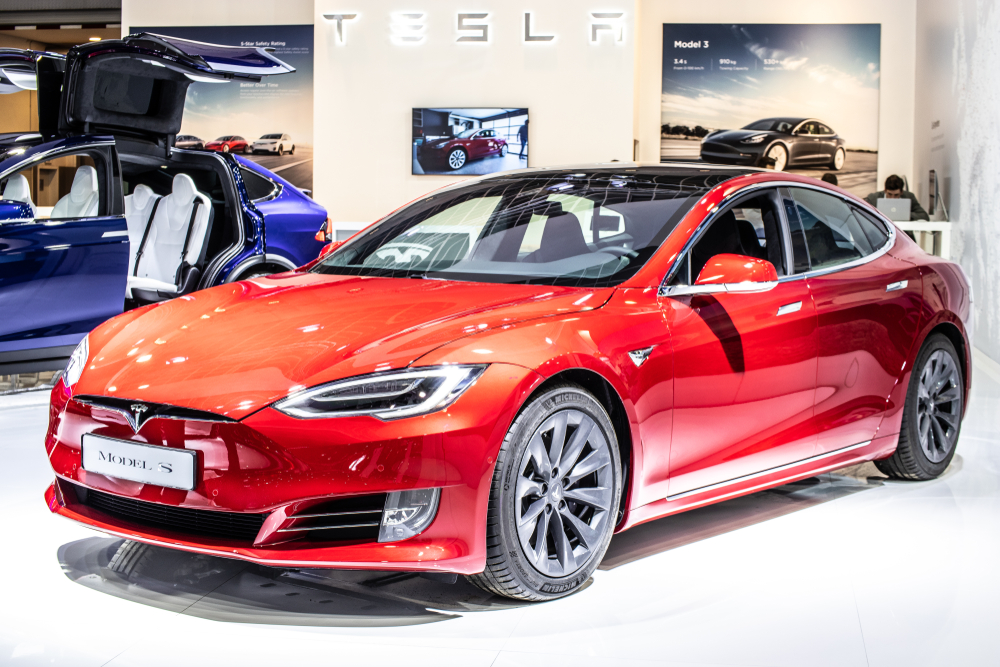
The Tesla Model S P100D, with its dual electric motors and Ludicrous Mode producing over 760 horsepower, boasted incredible acceleration. However, its heavy weight and battery limitations hindered its track performance. Despite its straight-line speed, it struggled with handling and endurance on the track.
This article originally appeared in MyCarMakesNoise.
More from MyCarMakesNoise
18 Naval Warships That Dominated the Seas

Throughout history, certain naval warships have stood out for their power, innovation, and impact on the seas. These vessels, each a symbol of their era, played key roles in shaping naval warfare and asserting dominance over the oceans. Read More.
15 Low-Profile SUVs with Surprisingly Powerful Engines
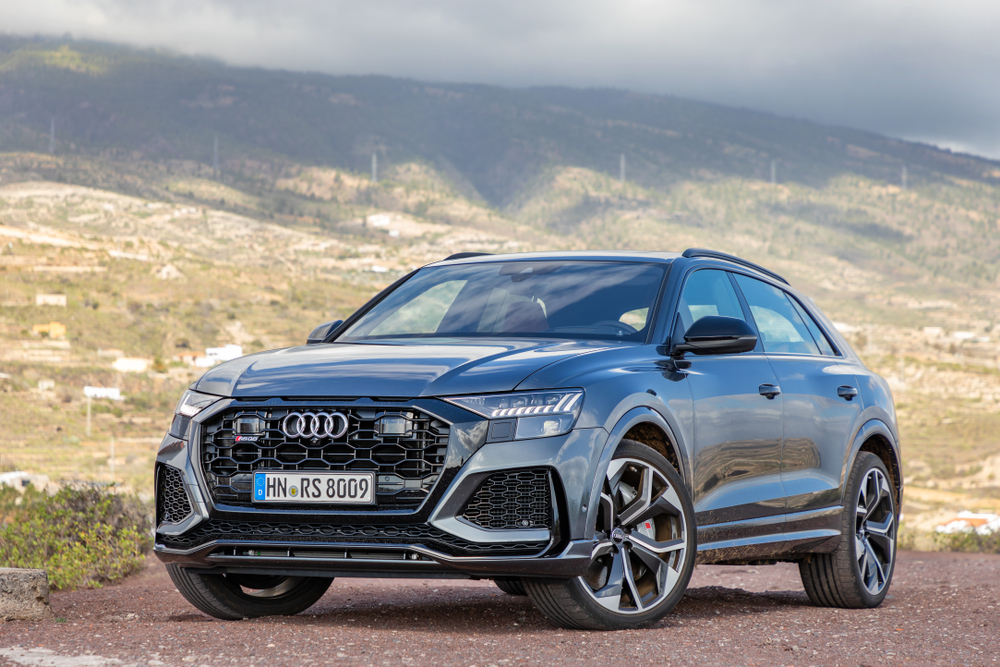
When you think of high-performance vehicles, the image that often comes to mind is sleek sports cars with aggressive styling. However, there’s a category of vehicles that defies this stereotype, the understated yet powerful SUV. Read More.
10 Affordable Military Surplus Vehicles Perfect for Collectors

Collecting military surplus vehicles offers a unique blend of historical significance and practical utility, all without breaking the bank. Once used in various military operations, these vehicles are now available for enthusiasts looking for a piece of history that can still perform in rugged conditions. Read More.

